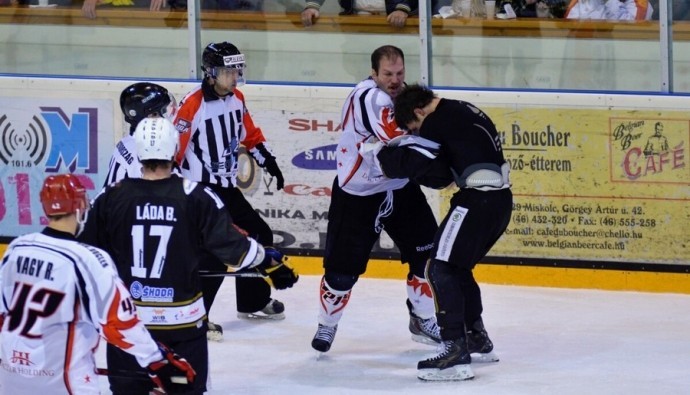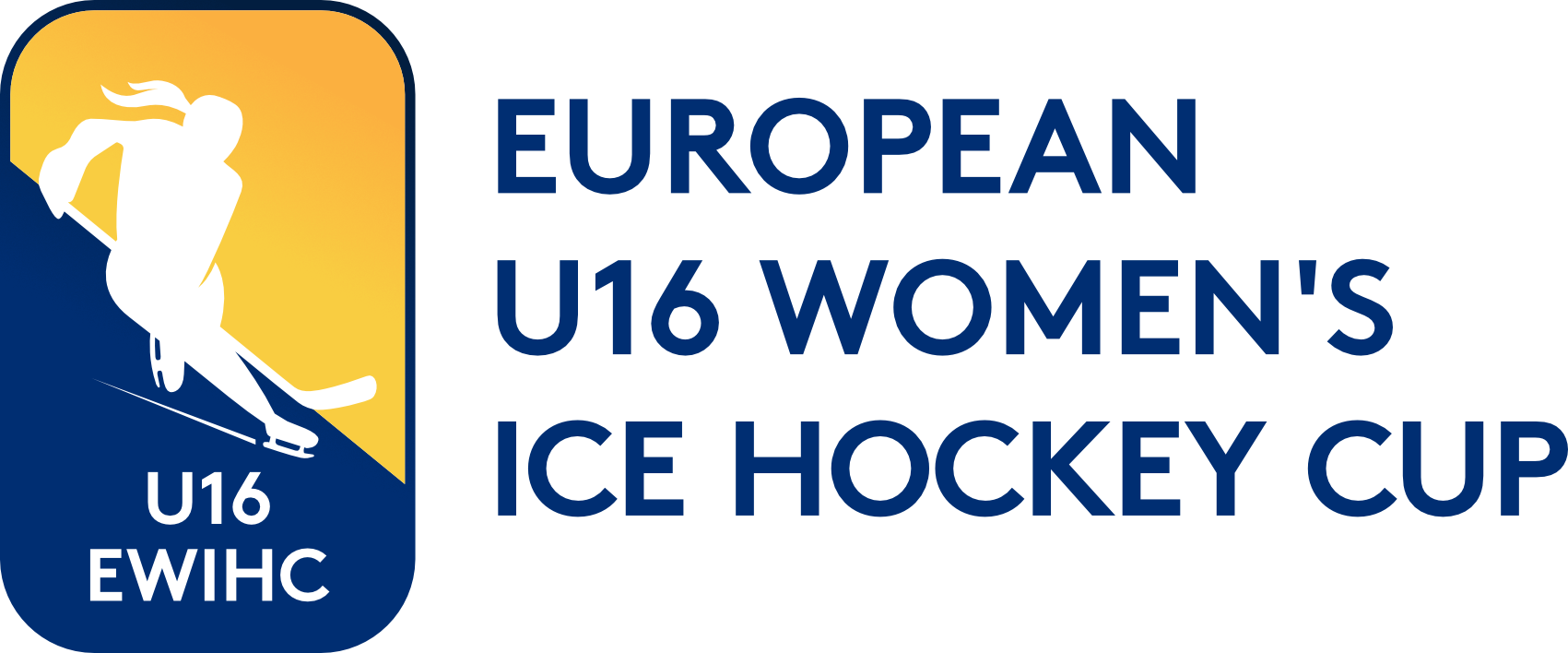
THINK TWICE BEFORE YOU DROP YOUR GLOVES.
To the casual hockey fan there might not be that many differences between professional hockey in Europe and in North America. Everyone knows about the difference in the size of the ice rinks and that hockey in Europe is more technical while across the pond it might be more physical. However, there is one aspect that really differs between the North American and European version of hockey and that is fighting.
In Canada the aspect of fighting has been part of the sport since its start in the late 1800s, one idea is that because of the lack of rules in the early years of the sport. Fighting in hockey was not really popular or a major issue until the late 1960s and 1970s. In Europe the size of the leagues in Sweden or Russia did not change whereas in the NHL it doubled its size in 1967. With the league going from six to twelve teams the talent pool got watered down and not every team could get their hands on a superstar. One way to neutralize a good player then and now is to play physical against them. Because of this an arms race happened with teams employing goons to go after the skilled players and to take on the other teams fighters.
Since this was not needed in Europe the game has evolved differently in the past thirty-five years. The difference of styles can also be seen not only in the top leagues of Europe but also in leagues such as the EBEL and the MOL League.
Coming from North America the European game might be considered not physical enough whereas coming from Europe the North American style too physical. One of the reasons for the difference in style of play or tactics are influenced largely by the penalty minutes and suspensions awarded for fighting. Miskolc forward Tyler Metcalfe, who is in his second year in Miskolc and his fourth in the past five seasons in Europe, says that you really have to think before you act: “Because of the difference in rules its different, you have to be smarter, you don't want to be suspended for multiple games”.
In the NHL and other North American professional leagues a player receives five minute major for fighting and is back on the ice immediately afterwards. In all European leagues as well as international competitions if you start a fight you can call it a day, however, if you are the one that is challenged and choose to relate you can receive as little as a two minute minor. If a referee tells the players to stop and they do not they will most likely be tossed. In North America a player is ejected from the game if they come in off the bench to fight or if they have participated in a fight earlier in the game.
There are many reasons for a fight in a hockey game, the obvious one when one player does not like how he was hit by another player and checks him back, maybe they will start to chatter and eventually a fight can break out. There is also the situation where an enforcer steps up to defend one of their teammates. In the playoffs there will be times when the game might have a fight in the opening minutes because one team is trying to intimidate the other. For fans the most exciting type of hockey fights are the ones that carry over from game to game in big rivalries.
North Americans need to adjust
Coaches in the MOL League have had to deal with Canadian and American players adjusting to the way games are officiated, as well. Gergely Majoross, head coach of Miskolc who has played with and coached North American players, says that there are two aspects of the game to keep in mind for MOL League coaches.
“It is important to get on the same page in two areas. The first one is that the playing surface is larger and skating becomes more important than physical play. The second is the officiating, where the difference between a legal hit verse an illegal hit is different in Europe, they are stricter here. I have been working with my North Americans on these two aspects this season and I'm sure that all coaches in the league that have players from North America come across this situation,” said Majoross.
One of 'first time' North Americans is Jesse Dudas who played for the Wichita Thunder of the CHL last season: “It has been an adjustment for sure, it's a lot different compared to what I'm used to. I will have to adjust so I can adapt my game. Back home the game is a lot tougher, where as here it is more skating and not as much contact.”
Having a good relationship with the referees and understanding what they will call can also help in the long run. DAB.Docler’s first time MOL League defenceman from Canada, Nathan Martine explains: “I have been able to adjust to the difference in the physicality of the two styles. I think I always hit clean but I have been told at the end of periods that I hit too hard, but I think I have been able to have a good repore with the refs.”
What the ref says
A MOL League referee who choose to stay anonymous was kind enough to explain what he sees and the thought process that usually goes on in an official's head.
“First off we want a fair fight and try to avoid any third parties getting involved. We try to be in position so that once the players hit the ice we can pull them apart. Usually with eye contact my colleagues and I know who will take which player and escort them to the penalty box. If I feel that two players might be getting ready to fight I usually warn them they better not be planning anything. The league is against fighting so we try to preempt any fights as much as we can”.
Hungarian players have a similar view at least on the reasons why fighting is not as rampant in Europe, clearly they do not feel as frustrated as someone from the U.S. or Canada. One player that has a close view of what Majoross has been been doing as well as being able to compare and contrast the two styles is Krisztián Nagy who two years ago played for Miskolc before spending last year in the U.S. playing junior hockey and is now back in the MOL League with Miskolc.
“The ice surface is smaller overthere so the game is more physical and the refs let more things slide than over here. Our North American players have had suspensions and longer penalties because what was allowed out there is not allowed in the MOL League. Sometimes teammates will complain but usually they are able to adjust or hold back from fighting,” Nagy says all this with a smirk as it is funny to think back to the first part of the season and hearing what the teammates were complaining about.
Like Krisztián, Dániel Kóger played in North America in three different minor leagues over the span of four seasons. In the minors fighting is more prevalent than in the NHL since everyone is trying to move up to the next level. In his case it added another dimension to his game that he didn't have when he left Fehérvár.
“I think the fighting is derived from the style of play, but when people are in the minors and fighting for spots at the next level they will be more aggressive. Fighting is part of the game, there is less fighting over here compared to an AHL or ECHL even though they are trying to cut down on fighting over there. At first it was hard to adjust to the physical hockey, after my first week in Laredo (CHL) I was calling my parents and telling them I don’t know how I will survive here... However, I think it was beneficial to my career to experience that style of hockey,” Kóger said.
Svandinavia is not wild, either
What all these players have mentioned might make it sound like Hungarian players might be soft when in reality it is just a part of the game that is not emphasized not only in Hungary but also in the rest of Europe. Former Ferencváros forward Linus Schellin who has played in the U.S., Sweden, France, Slovakia, UK and in Serbia aside from Hungary says that most European players play this softer game, “not only Hungarians, but Slovaks, Czechs, Russians will hold back because they do not want to get in trouble. Fighting is also just as rare among players from the Nordic countries as well.”
Schellin does note that in the UK it is more common than on the continent that players will fight to try to swing the momentum of the game.
In the years to come players from Canada and the United States will not need to adjust their style of play that has come to be associated with them. Like in all sports when there is a change at the top level of the pyramid, at the professional level these rules and regulations are copied and eventually filter down to the lower leagues. With the NHL trying to crack down on fighting in the future it might only be a memory of times of past glory.
